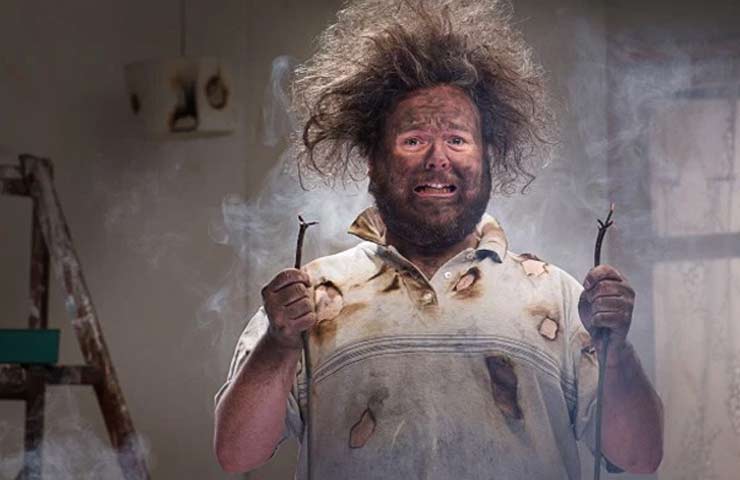"I knew it was gonna hurt, and I knew it could get messy." How a nurse self-treated his MI in remote WA
In two decades as an emergency and remote nurse, Ryan Franks reckons he’s performed some 20,000 electrocardiograms.
But none was like the set he did on himself one afternoon last December in the two-bed clinic of a sleepy tourist town 1100km north of Perth.
With shaking hands and intensifying chest pain, he towelled the sweat from his body and attached the leads of an ECG.“It kept giving me interference because of the muscle movement,” Franks told The Medical Republic this week from the Coral Bay nursing post, 150km from the nearest hospital, where he was back as the town’s rotating solo medical practitioner.
The extraordinary case of his self-treated myocardial infarction appeared this month in the New England Journal of Medicine. Missing in that report was how he splattered himself with blood while using his left hand to insert an 18-gauge cannula.
“I knew it was gonna hurt, and I knew it could get messy,” Franks said, but he needed it for high-volume drugs.
The chest pain started after Franks finished work around 6pm. With no history, and not wanting to make a fuss, he decided to walk back to the clinic for tests. “I actually got stopped by two people in town who wanted to tell me about their ailments. I listened, but I was thinking, ‘Yeah, it’s getting so hard to breathe’.”
At the clinic Franks took aspirin. His first ECG showed ST wave elevation but he was unhappy with its quality and drew blood to measure his troponin levels. Then he collapsed.
“Everything just went blank and I’ve hit the ground. I thought, ‘I’m in trouble now’.”
Franks called in a local St John Ambulance volunteer and talked her through several more ECGs as he writhed in pain.
A call to WA’s emergency telehealth service (ETS) followed in which Franks performed the handover – before explaining he was the patient – and emailed pictures of his ECGs via cameraphone. By videolink from Perth, Dr Beatrice Scicchitano (who was on her first ETS shift) told Franks to thrombolyse with the clot-busting drug tenecteplase.
Franks had prepared and labelled adrenaline, atropine, and amiodarone, and showed a second volunteer how to administer them through his IV. He even strapped on a defibrillator.
“I said, ‘This will flash – just lay me down flat, stand clear, make sure nobody is touching me or the bed and press that button, then start CPR. Just talk to the doctors and see how you go’.”
The thrombolysis worked. After an airlift to Perth by the Royal Flying Doctor Service Franks was fitted with a stent.
Follow-ups found no significant permanent effects on the heart. “Without the ETS system my heart would have gone about four to five hours of being either untreated or not treated effectively.”
The NEJM concluded Franks’ actions had a “substantial beneficial effect,” adding dryly that “self-management of a myocardial infarction cannot be considered medically appropriate if any other option is available.”
For Franks there were benefits other than the write-up. “I got to go and see the first day of the last Ashes test at the WACA because they wouldn’t let me fly home for a week,” he told TMR.


